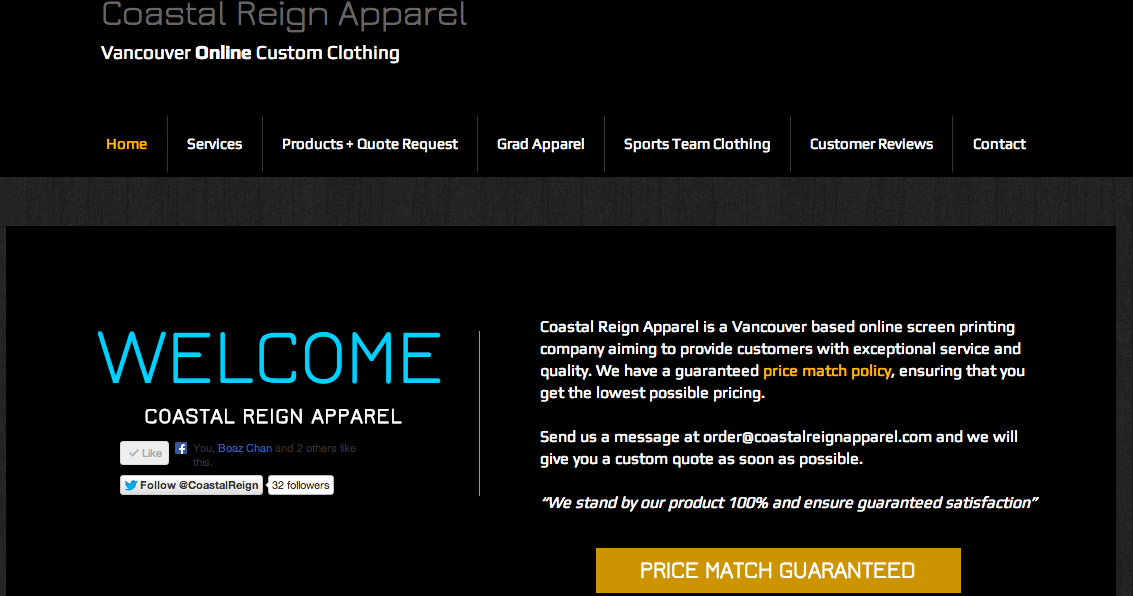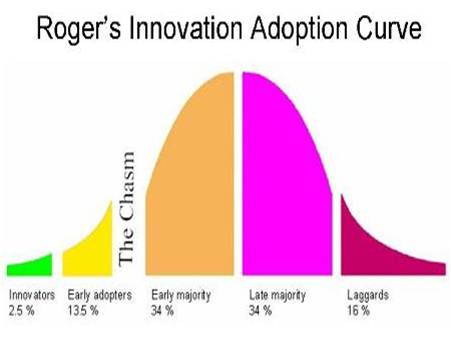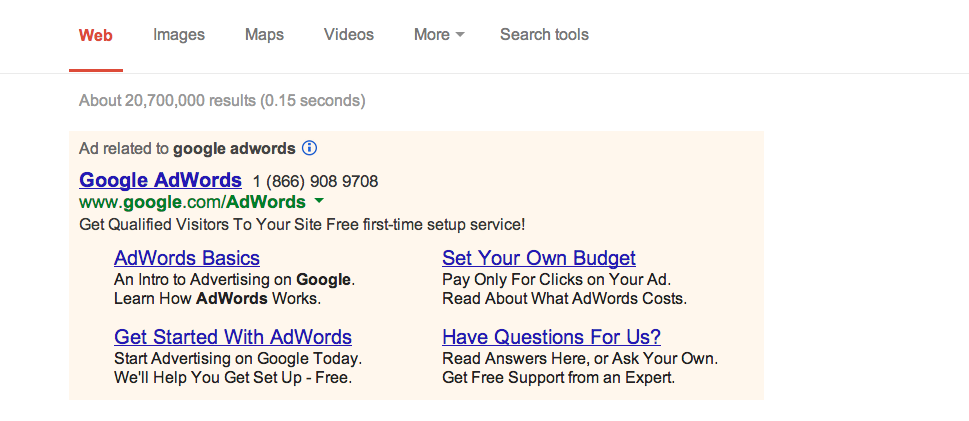Ethics play a vital role in the success of a business, however it is hard to determine the line to be drawn. Nowadays, many businesses practice in unethical activities which are cost saving measures. This pressures the maintenance of competitive advantage. It is virtually impossible to rid of ethics through a voluntary internal decision. In order to lower the amount of unethical practices, we need consumer influences that will ultimately change the amount of demand for a product/service. This will shift a company’s perspective and force them to re-evaluate a more profitable solution. The consumers have power in correcting unethical business practices.
To support my claims, I have a case where Cadbury changed their products to “Fair Trade”. This is due to the increased media attention towards underpaid workers in rural areas. The niche market that the “Fair Trade” label produces has grown 67% from last year. Consumer demands are changing to favouring those with ethical practices, which gave Cadbury a competitive edge by choosing ethical means of production despite higher costs.
If making ethical choices proved not to be an investment for Cadbury, they would not have switched suppliers. The question still remains whether Cadbury’s rationale is ethical.










